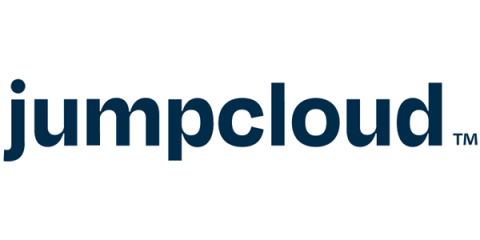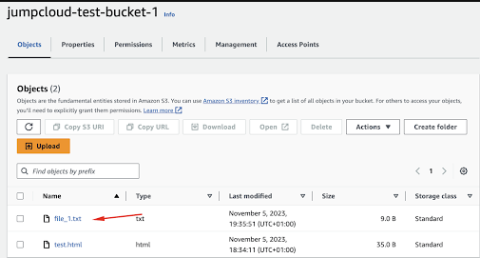Making BYOD Work, Safely
Achieving an effective bring-your-own-device (BYOD) program has been aspirational for many IT organizations. There are explicit security and privacy concerns, which have led many admins to sour on the concept, despite its benefits. Admins have even reluctantly accepted the risk of personal PCs being left unmanaged, which leaves gaps in management and visibility.



